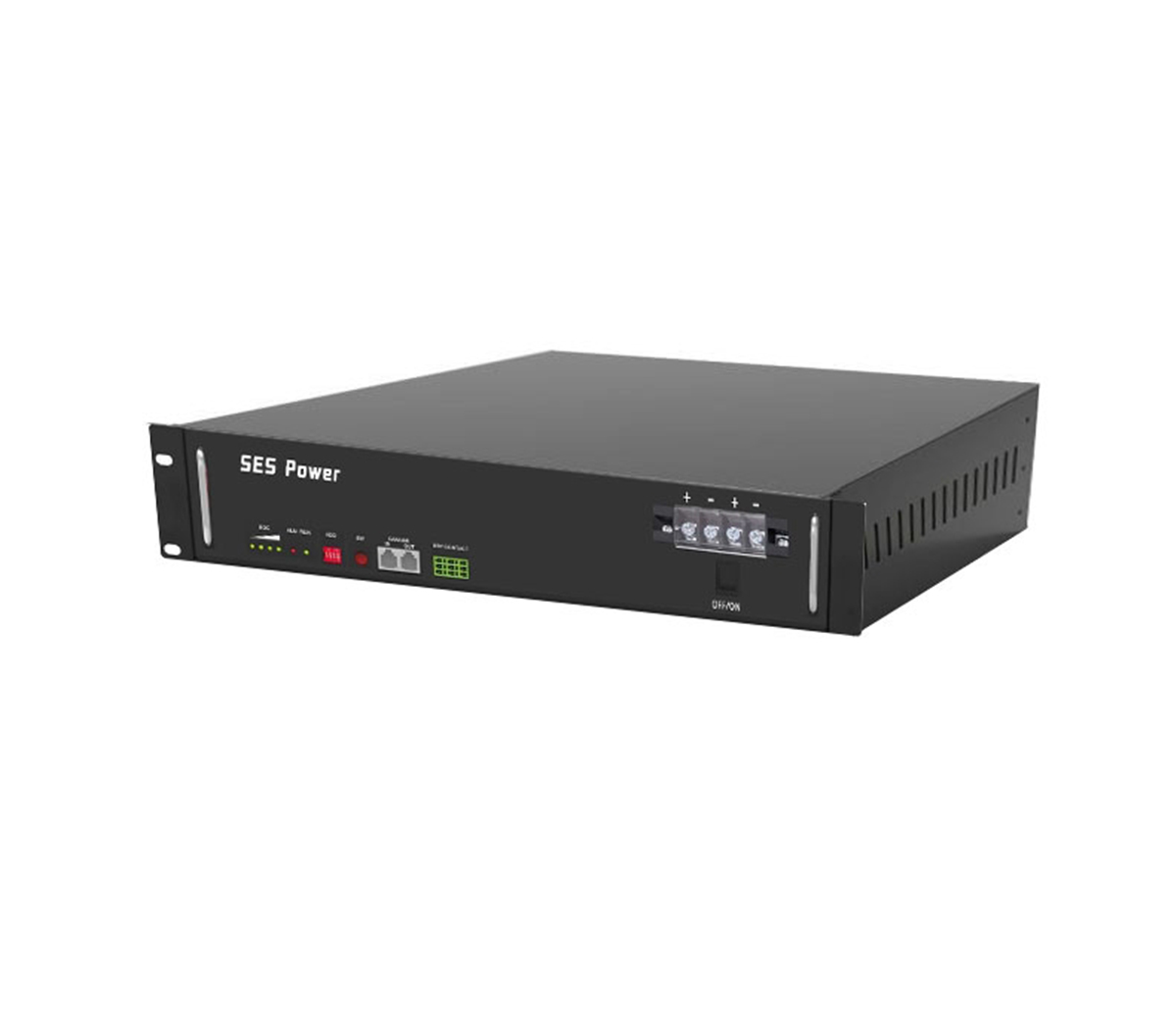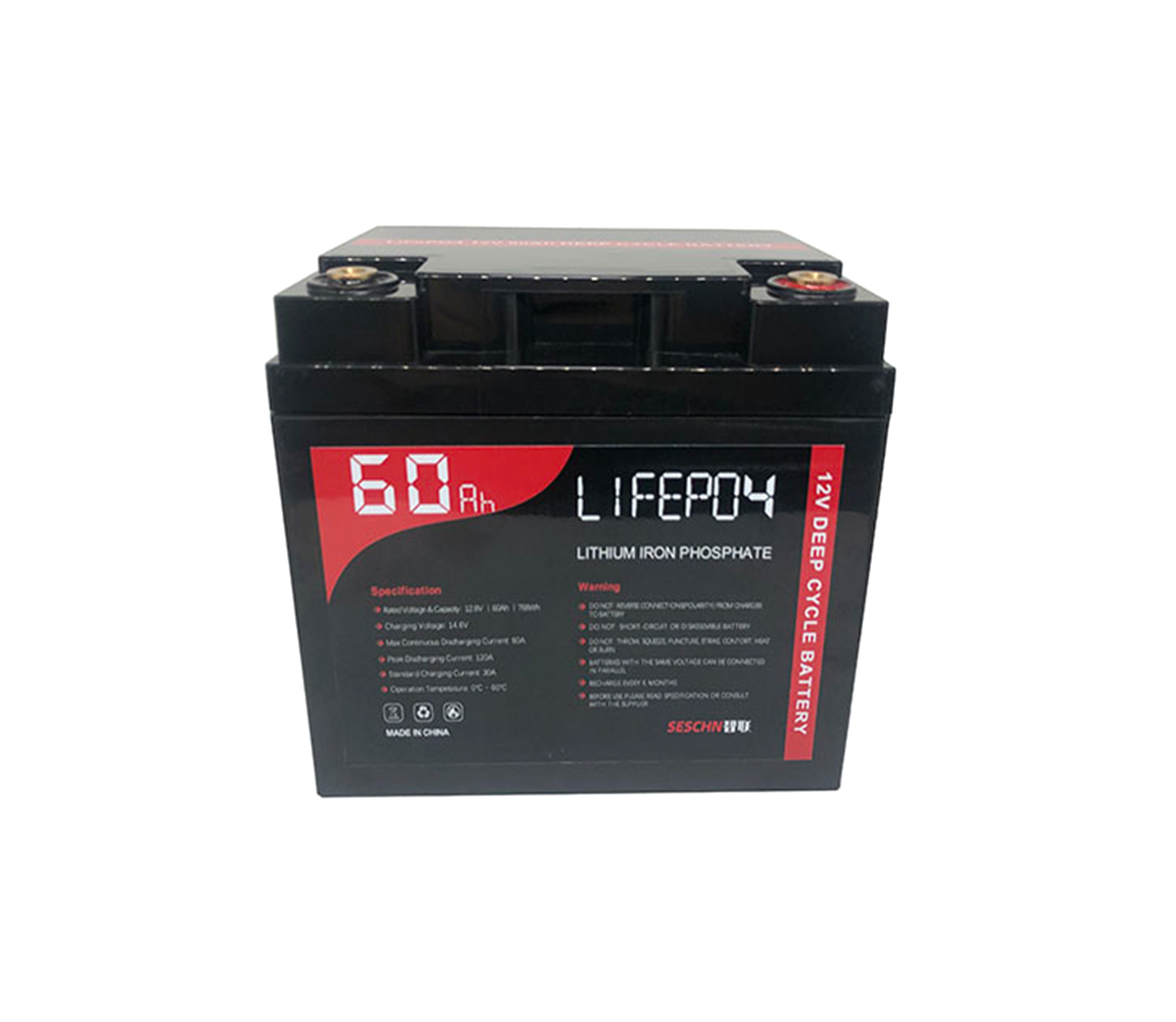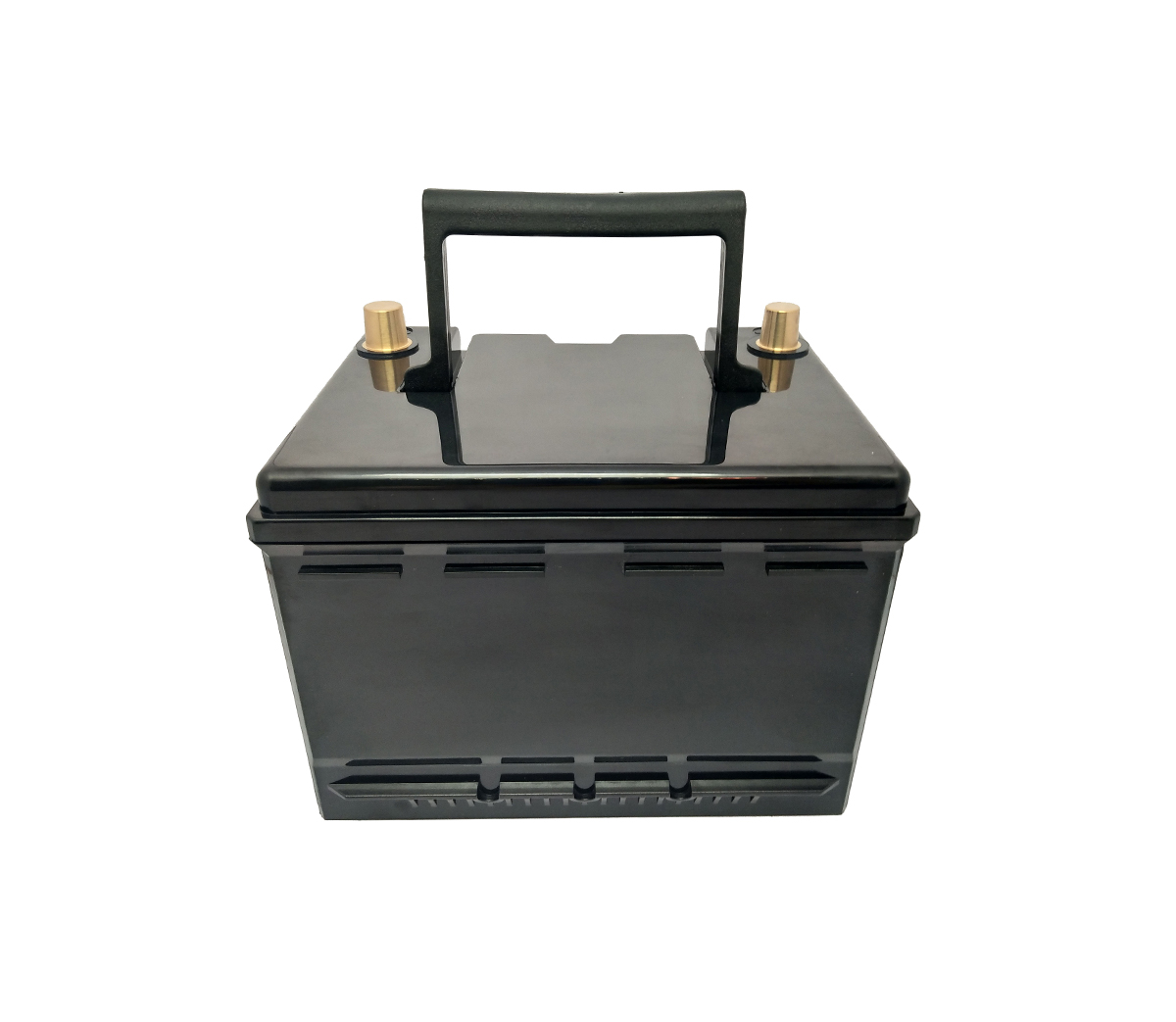
Under the premise of ensuring safety, improving energy density, reducing
production costs, and improving product consistency are topics of widespread
concern in the power battery industry. The production cost curve is constantly
fluctuating, and product consistency is not easy to quantify. To evaluate the
technical level of power battery companies, comparing the energy density of
batteries is the most intuitive method.
Under the premise of ensuring safety, improving energy density, reducing
production costs, and improving product consistency are topics of widespread
concern in the power battery industry. The production cost curve is constantly
fluctuating, and product consistency is not easy to quantify. To evaluate the
technical level of power battery companies, comparing the energy density of
batteries is the most intuitive method.
This article takes the ternary battery as an example. According to the
three packaging systems of square shell, cylinder and soft package, referring to
the views of some characters, without satellites, it analyzes the current
technical level of domestic power battery companies based on energy density.
Square shell: Ningde era and BYD may not lag behind
Official data show that the energy density of square shell cells in the
CATL era has reached 240Wh/kg. The technical plan is to increase the cell energy
density to 300Wh/kg by 2020.
While increasing the energy density through the 811 ternary positive
electrode + silicon/carbon hybrid negative electrode, the cycle, high
temperature performance, cost, safety, etc. must be sacrificed. At the same
time, the production process and environmental requirements are relatively
harsh. People familiar with the matter revealed to the First Electric Network
that the energy density of the square shell batteries supplied in large
quantities in 2017 from CATL is between 190-210Wh/kg, and it is likely to
increase to 210-230Wh/kg in 2018.
As early as the beginning of 2017, CATL started the "New Generation
Lithium-ion Power Battery Industrialization Technology Development" project to
develop lithium-ion power batteries with high nickel ternary materials as the
positive electrode and silicon-carbon composite as the negative electrode. In
2017, CATL’s total production capacity was 17.09Gwh, and the new version of the
prospectus just announced shows that when the Huxi lithium-ion power battery
production base project reaches production, CATL will add 24GWh of new capacity,
and the total capacity will reach 41.09GWh.
And BYD insiders broke the news that the energy density of BYD's mass
production of batteries at this stage is 220Wh/kg, and the goal is to achieve
300Wh/kg by 2020. Today, BYD’s total power battery capacity is 16GWh, of which
lithium iron phosphate batteries account for 9GWh, and ternary lithium batteries
account for 7GWh.
Internationally, square shell batteries are also the main products of
Samsung SDI. In 2017, Samsung SDI Co., Ltd. Deputy President Zheng Shixiong
publicly stated that the energy density of Samsung SDI power batteries is
currently 250Wh/kg and is expected to reach the target of 350Wh/kg in 2023.
Perhaps in 2017, Samsung has indeed achieved mass production of 250Wh/kg square
shell batteries, but it is estimated that NCA ternary cathode materials may be
used.
There are many types of square-shell batteries. According to customer
requirements, battery companies can customize in terms of capacity, shape and
size. Taking into account the difference in the formulation of the positive and
negative materials, the energy density between the square shell cells of the
same specification is more comparable. The gap between leading domestic and
foreign square-shell power battery companies in terms of cell energy density may
be very small. Perhaps from the perspective of this technical condition alone,
China may not lag far behind.
Cylindrical: Can Piccolo surpass Panasonic?
As one of the few domestic companies that focus on cylindrical power
batteries, BAK told No.1 Electric Network that the energy density of its 2.75Ah
power battery cells (18650) has reached 240Wh/Kg and plans to achieve 300Wh/kg
in 2020. .
At the same time, BAK is also committed to the development of high-energy
ratio 21700 cylindrical power battery cells. Officials revealed that compared
with the 18650 product, the energy density of BAK 21700 has increased by 35% (to
the level of 324Wh/kg?). It currently has mass production capacity and is
expected to achieve mass production in 2018.
BAK’s two major production bases in Shenzhen and Zhengzhou have a total
annual production capacity of 8GWh; in 2018, the production capacity will be
expanded to 12GWh; it is expected that by 2020, BAK’s total annual production
capacity will reach 20GWh.



































